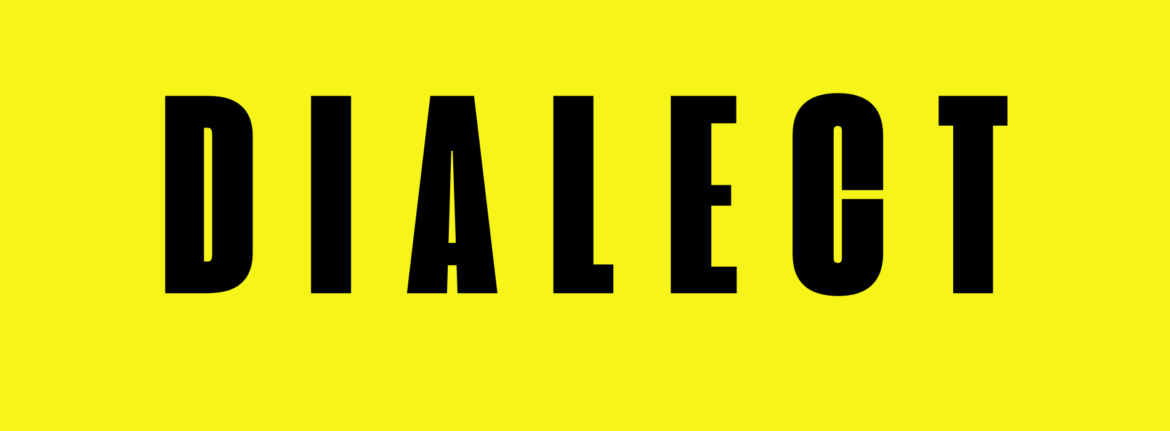Poland, a country rich in cultural and linguistic diversity, is home to a variety of regional vernaculars that add to the richness of the Polish language. These dialects, each with its unique characteristics and historical roots, paint a vibrant linguistic landscape across the country. This article provides an overview and characterization of the main dialects and vernaculars spoken in Poland.
The Major Dialect Groups:
Four major dialect groups are typically recognized in Poland, each primarily associated with a specific geographical region. These include:
1. Greater Polish: Spoken in the west, this dialect is derived from the Western Slavic language spoken by the Polans. It includes subdialects such as the Krajna, Tuchola, Kociewie, Chełmno-Dobrzyń, Cuyavian, and Chojno dialects.
2. Lesser Polish: This dialect, spoken in the south and southeast, is derived from the language of the Vistulans. It includes sub-groups like the Łowicz, Sieradz-Łęczyca, Holy Cross Mountains, Lasowian, and the Goral dialects.
3. Masovian: Spoken throughout the central and eastern parts of the country, this dialect is derived from the language of the Mazovians. It includes the Białystok, Suwałki, Warmia, Kurpie, Masurian, Malbork-Lubawa, Ostróda, Near Mazovian, and Far Mazovian dialects.
4. Silesian: Spoken in the southwest, this dialect is sometimes considered a separate language. It includes the Cieszyn Silesian, Niemodlin Silesian, Gliwice Silesian, Jabłonków Silesian, Kluczbork Silesian, Prudnik Silesian, Opole Silesian, and Sulkovian Silesian dialects.
The Borderlands Dialects:
In addition to the major dialect groups, there are also the Northern and Southern Borderlands dialects. The Northern Borderlands dialect is spoken mainly by the Polish minorities in Lithuania and northwestern Belarus, while the Southern Borderlands dialect is spoken in isolated pockets in Ukraine.
The New Mixed Dialects:
As a result of historical geopolitical population movements, new mixed dialects have emerged. These dialects are spoken by Poles who were expelled from the Borderlands and settled in newly annexed regions in northern and western Poland.
Conclusion:
The dialects and vernaculars of Poland offer a fascinating insight into the country’s linguistic diversity. They reflect the historical, cultural, and geographical influences that have shaped the Polish language over the centuries. Understanding these dialects not only enriches our knowledge of the Polish language but also deepens our appreciation of Poland’s rich cultural heritage.
